May 20, 2025
How To Accomplish Any Goal: A Comprehensive Guide
In this blog, we will explore effective strategies on how to accomplish any goal by understanding the importance of mindset, desire, and structured action. By following these steps, you’ll learn how to create actionable plans that will lead you to success.
Table of Contents
- Understanding the Goal Card
- Creating Your Goal Card
- Establishing a Burning Desire
- Defining Your Goals
- The Importance of a Complex Result
- Sacrifices and Actions Required
- Developing a Step-by-Step Action Plan
- Persistence and Structured Faith
- Creating a Routine for Autosuggestion
- Finalizing Your Goal Card
- Sharing Your Goals and Gaining Support
- Conclusion: Achieving Any Goal
- FAQ: Common Questions About Goal Setting
Understanding the Goal Card
The goal card is a powerful tool designed to align your mindset with your ambitions. It serves as a daily reminder of your objectives, reinforcing your commitment and focus. By visualizing your goals, you can effectively spread influence and attract the right opportunities that resonate with your vision.
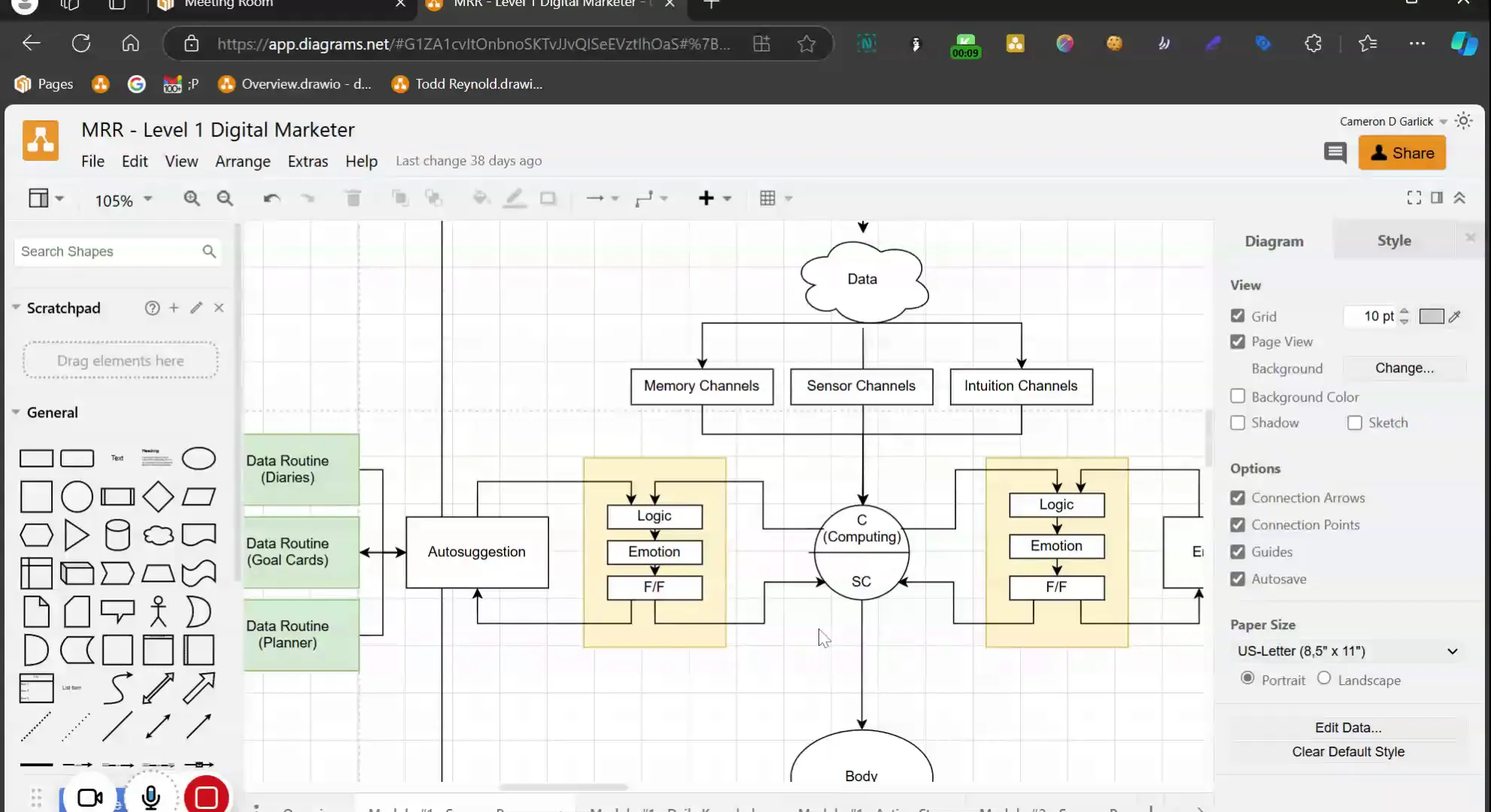
The Blueprint of Success
At the heart of achieving your goals lies a blueprint that connects your conscious and subconscious minds. This blueprint consists of two realms: the actual world and the ideal world. The actual world represents your current reality, while the ideal world symbolizes your aspirations and potential.
These two sides work in synergy, embodying the law of correspondence, which states that what exists in one realm can also exist in another. Understanding this principle allows you to replicate successful strategies across different areas of your life.
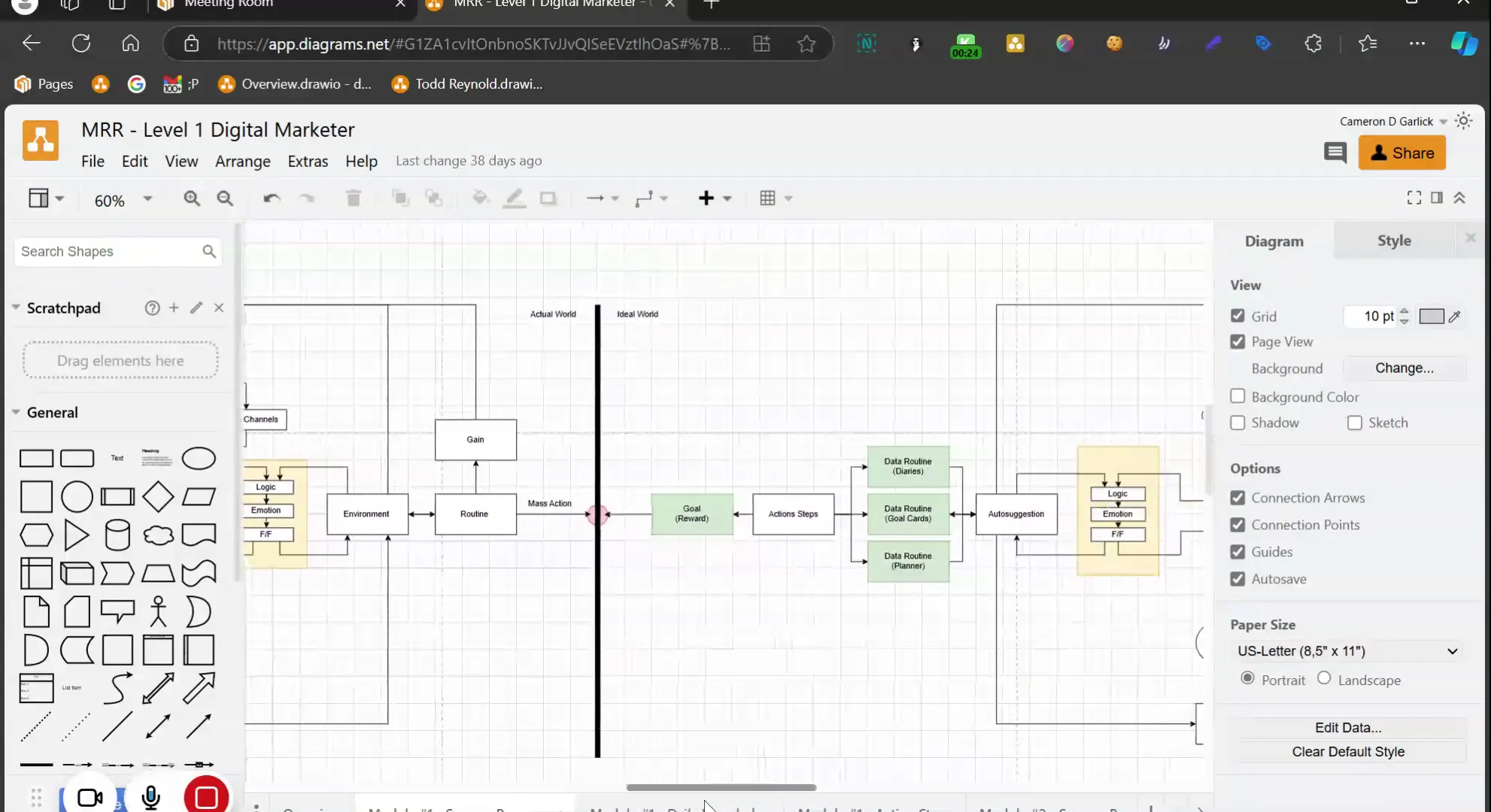
Consciousness and Subconsciousness
Your consciousness acts as a processing unit, computing the information you encounter daily. It is influenced by your memories, sensory experiences, and intuitive feelings. Each of these elements plays a significant role in shaping your thoughts and actions.
- Memory Channels: These encompass past experiences, both positive and negative, that inform your current mindset.
- Sensory Channels: Your senses gather information from the environment, impacting your conscious thoughts.
- Intuition Channels: This is that inner voice or feeling prompting you to take action.
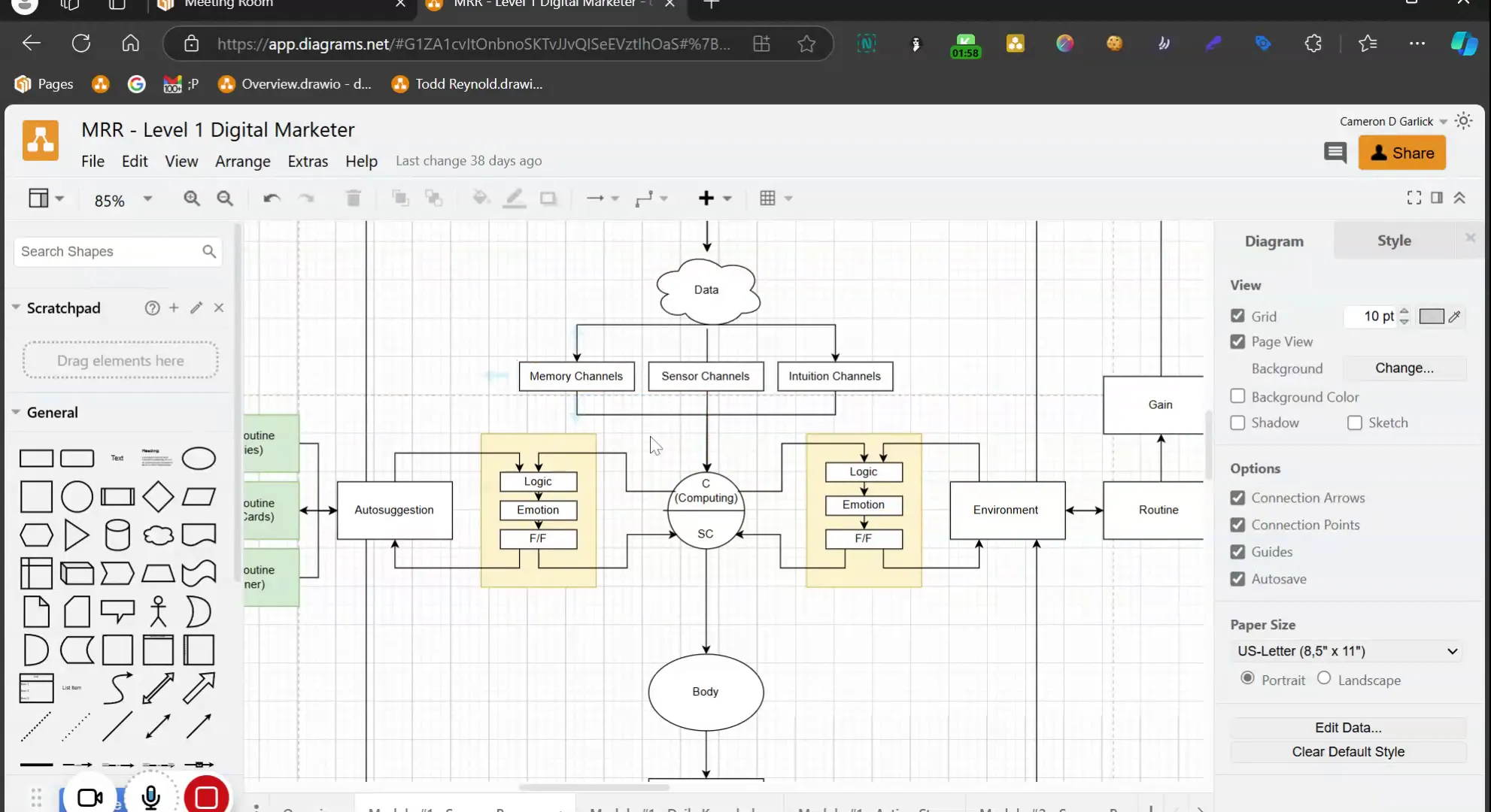
The Role of Memory, Sensory, and Intuition Channels
Each channel plays a pivotal role in how you perceive your goals. Memories can empower or hinder you, depending on their nature. Sensory experiences provide real-time information that shapes your decisions, while intuition offers insights that may not be immediately obvious.
To effectively reach your goals, you must navigate these channels, understanding their influence on your thoughts and actions. This understanding allows you to make informed choices that align with your objectives.
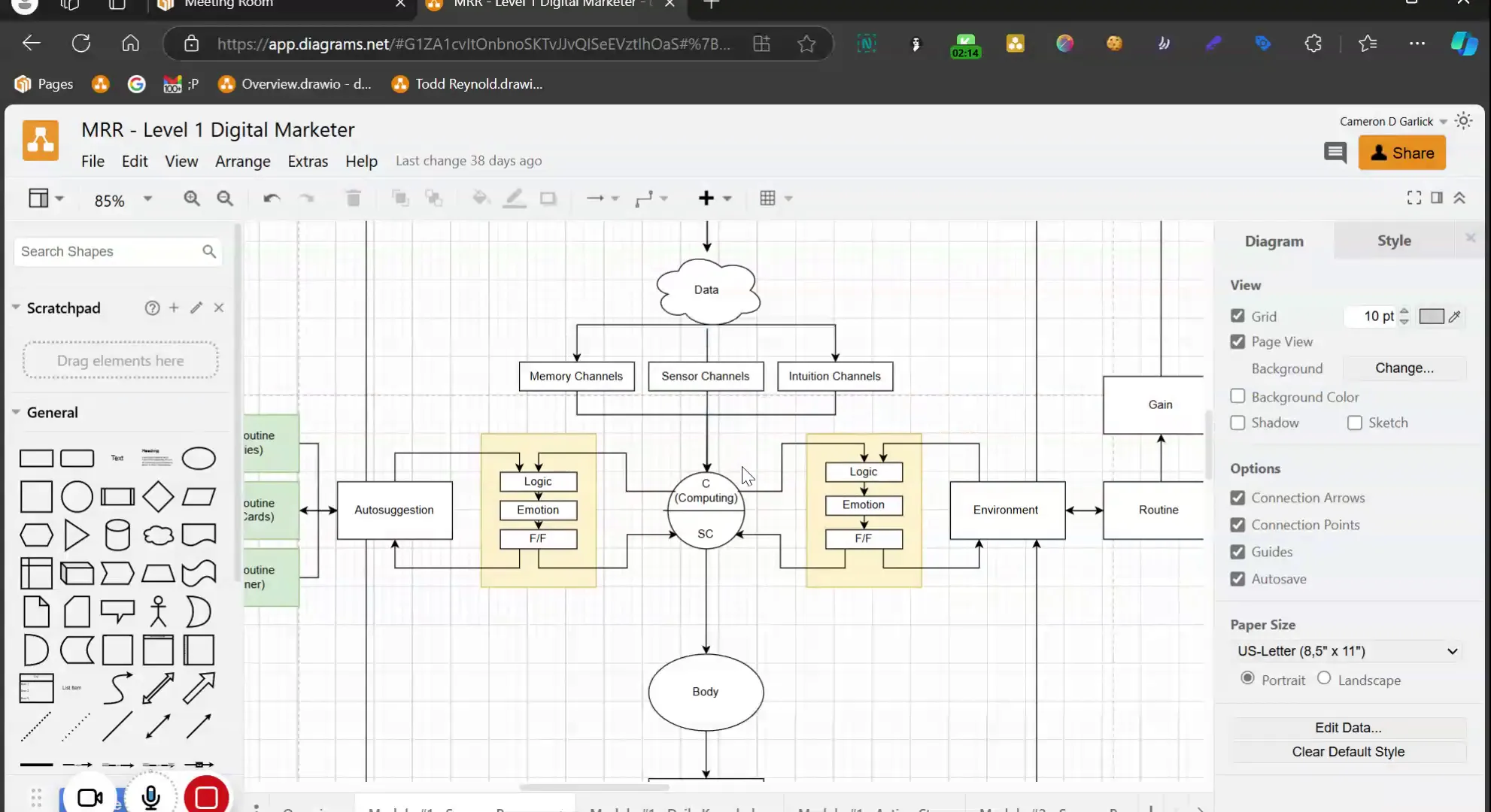
Opening the Door to New Realities
Visualize your subconscious as a door leading to new realities. To access these realities, you must first understand the processes involved in transitioning from your current state to your desired state. This involves using your logic, emotions, and instincts to create a compelling vision of success that resonates with your subconscious.
When you open this door, you begin to experience the life you aspire to lead, filled with success and fulfillment. This shift in perspective is crucial for achieving your goals.
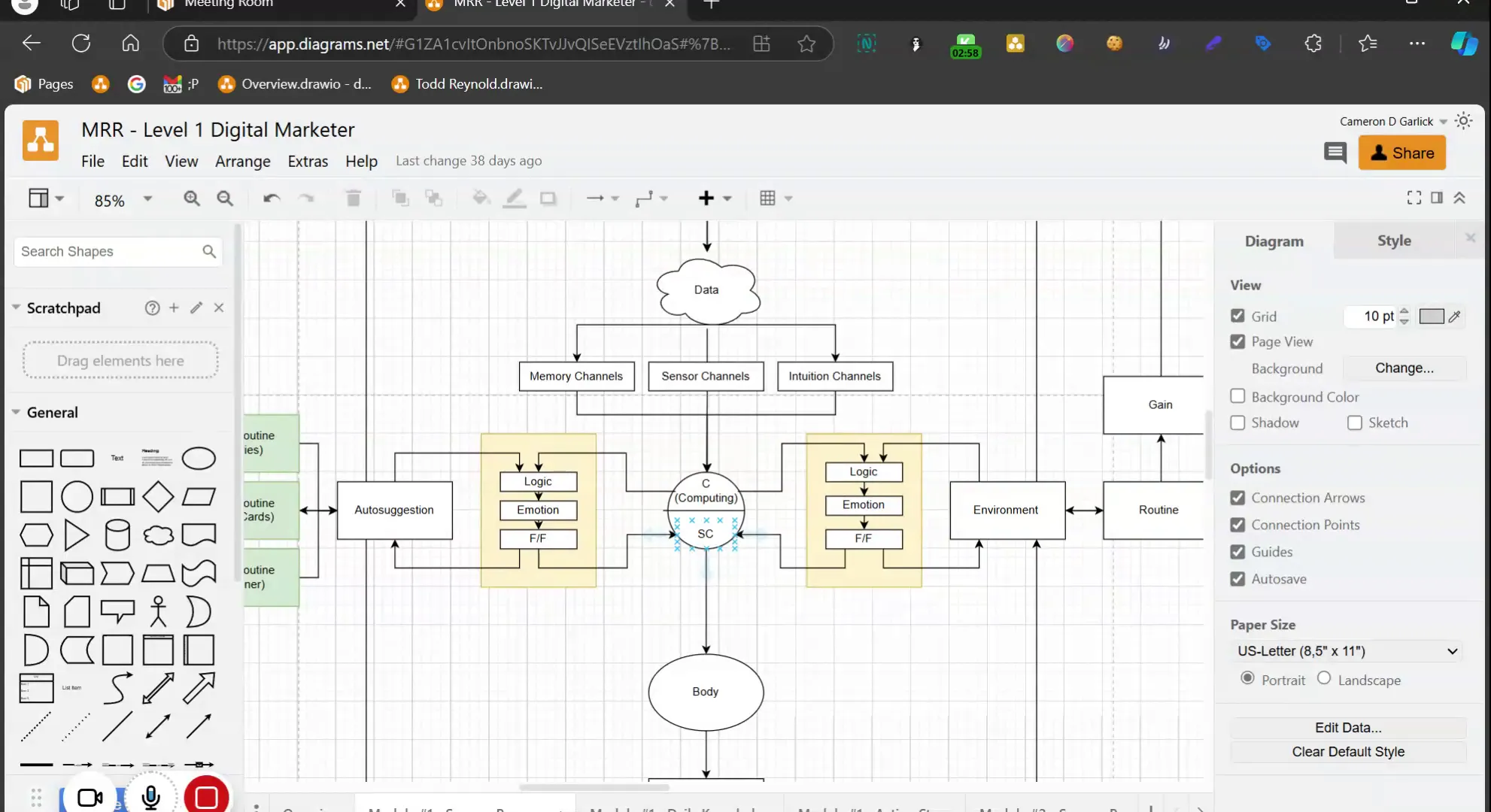
The Logic, Emotion, and Fight or Flight Response
Your brain processes information through three primary aspects: logic, emotion, and the fight or flight response. Each of these elements must be engaged to effectively embed new information into your subconscious.
- Logic: This is the analytical part that evaluates information and makes decisions based on data.
- Emotion: Emotional responses can either motivate you or hinder your progress, making it essential to manage your feelings effectively.
- Fight or Flight: This instinctual response can trigger fear, but it can also be harnessed to propel you toward your goals when managed correctly.
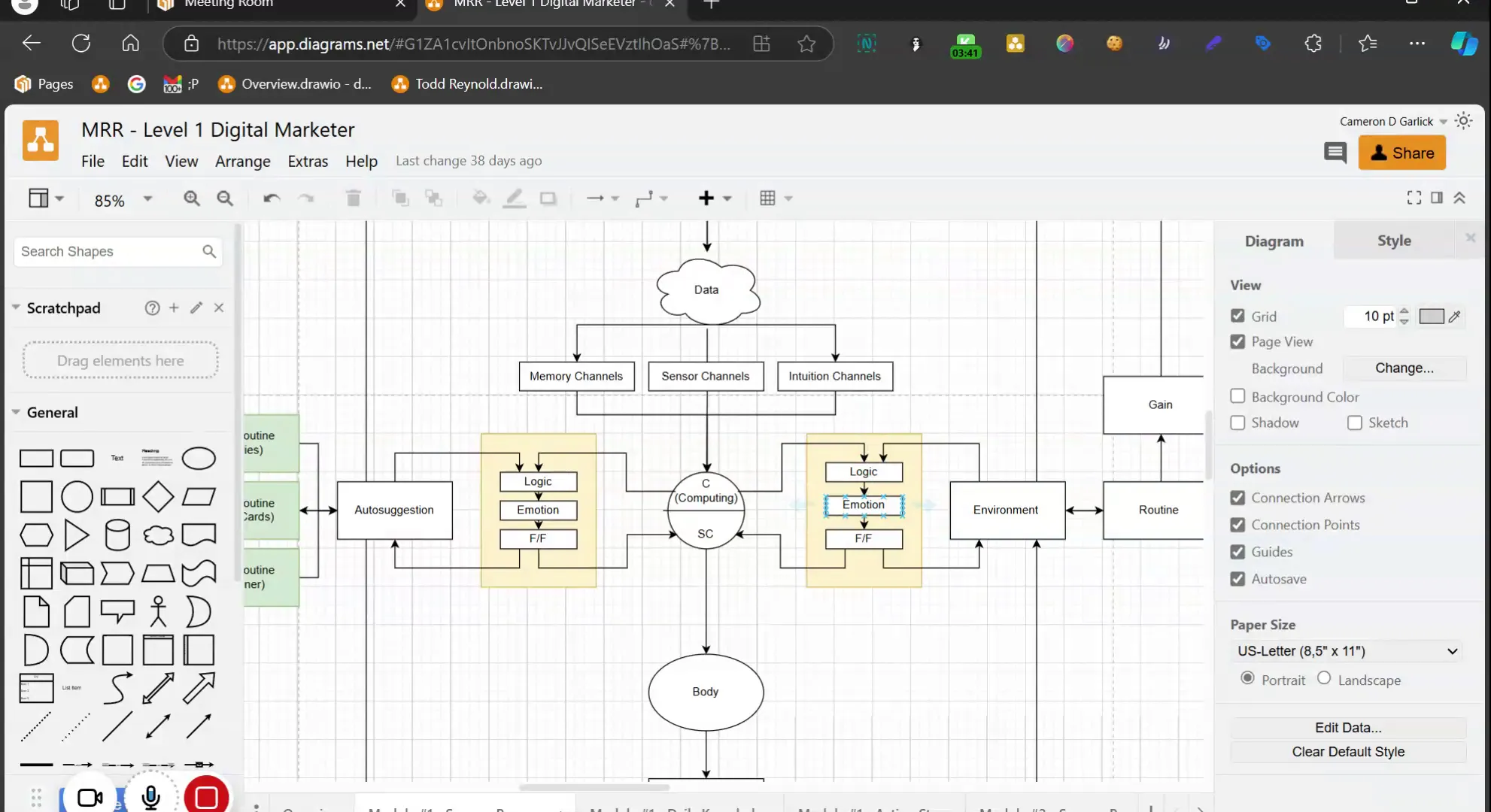
Programming Your Mindset
One effective method of programming your mindset is through autosuggestion. This technique involves repeating affirmations or visualizations that align with your goals. By consistently embedding these thoughts into your subconscious, you create a powerful foundation for success.
Consider reading resources like "Think and Grow Rich" or works by Earl Nightingale to explore autosuggestion further. These principles allow you to mimic successful behaviors and reactions, ultimately transforming your mindset.
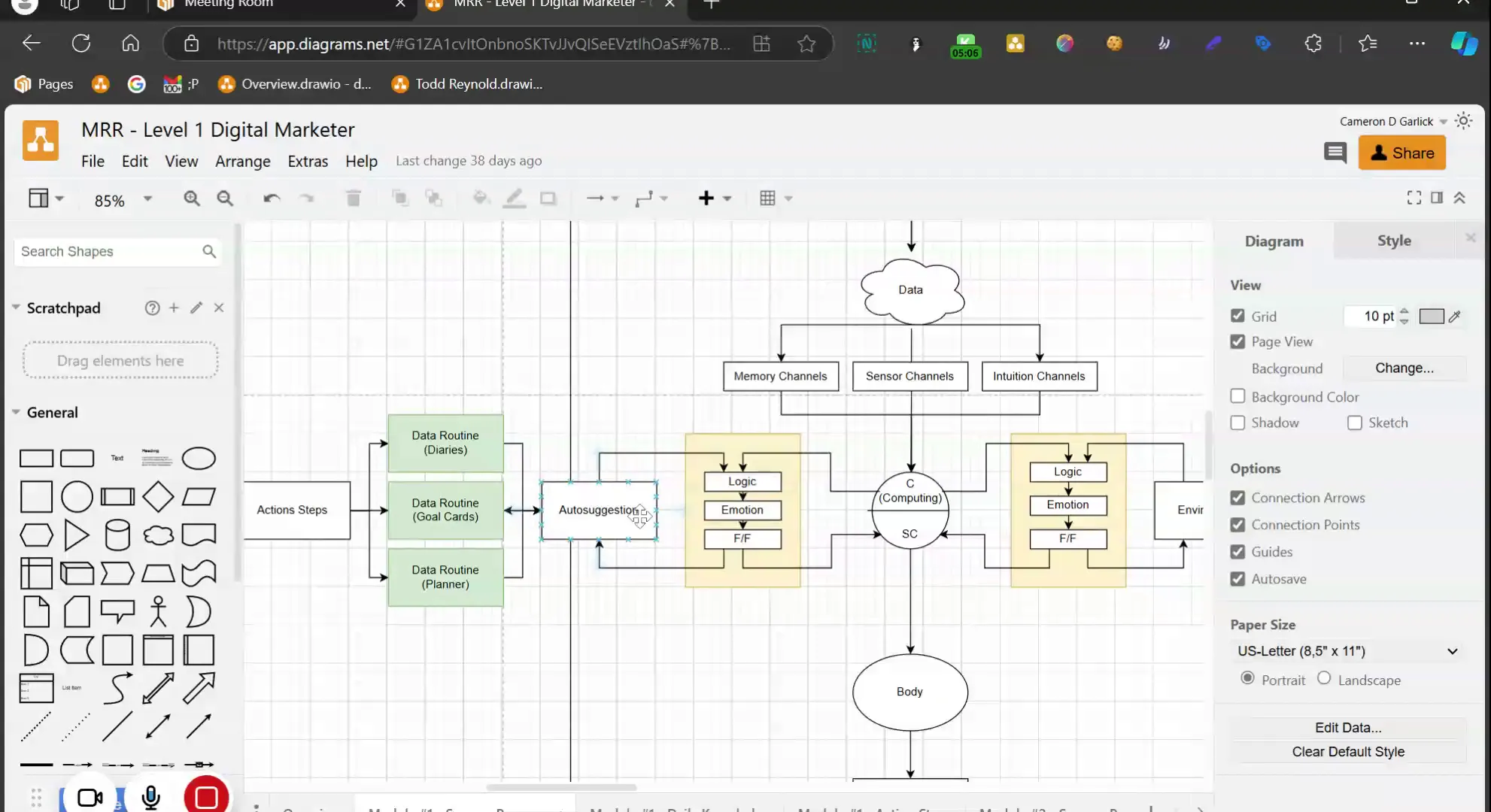
Creating Your Goal Card
A goal card is a tangible representation of your aspirations. It serves as a constant reminder of what you want to achieve, helping to keep you focused and motivated. When crafting your goal card, be specific about your goals and include both short-term and long-term objectives. This clarity will guide you in your daily actions toward achieving your dreams.
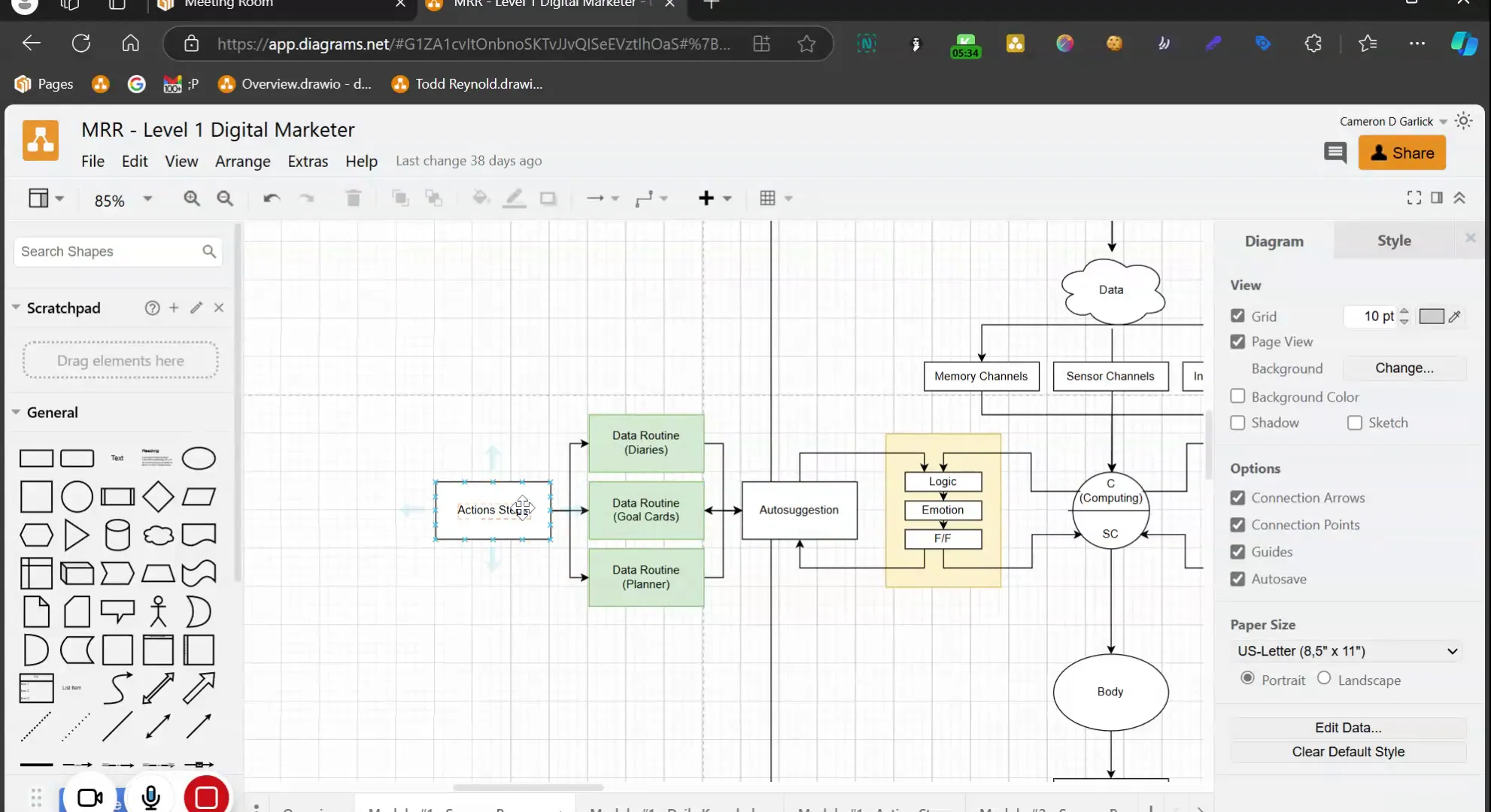
Steps to Create Your Goal Card
- Identify Your Goals: Start by listing what you truly desire. This could range from financial milestones to personal achievements.
- Write in the Present Tense: Frame your goals as if you have already achieved them. For example, instead of saying "I want to earn $100,000," write "I earn $100,000 annually."
- Set a Deadline: Specify when you intend to achieve your goal. A defined timeline creates a sense of urgency.
- Visualize Your Success: Include images or symbols that represent your goals. This visual component can enhance motivation and commitment.
- Review Regularly: Make it a habit to revisit your goal card daily. This keeps your ambitions fresh in your mind and reinforces your dedication.
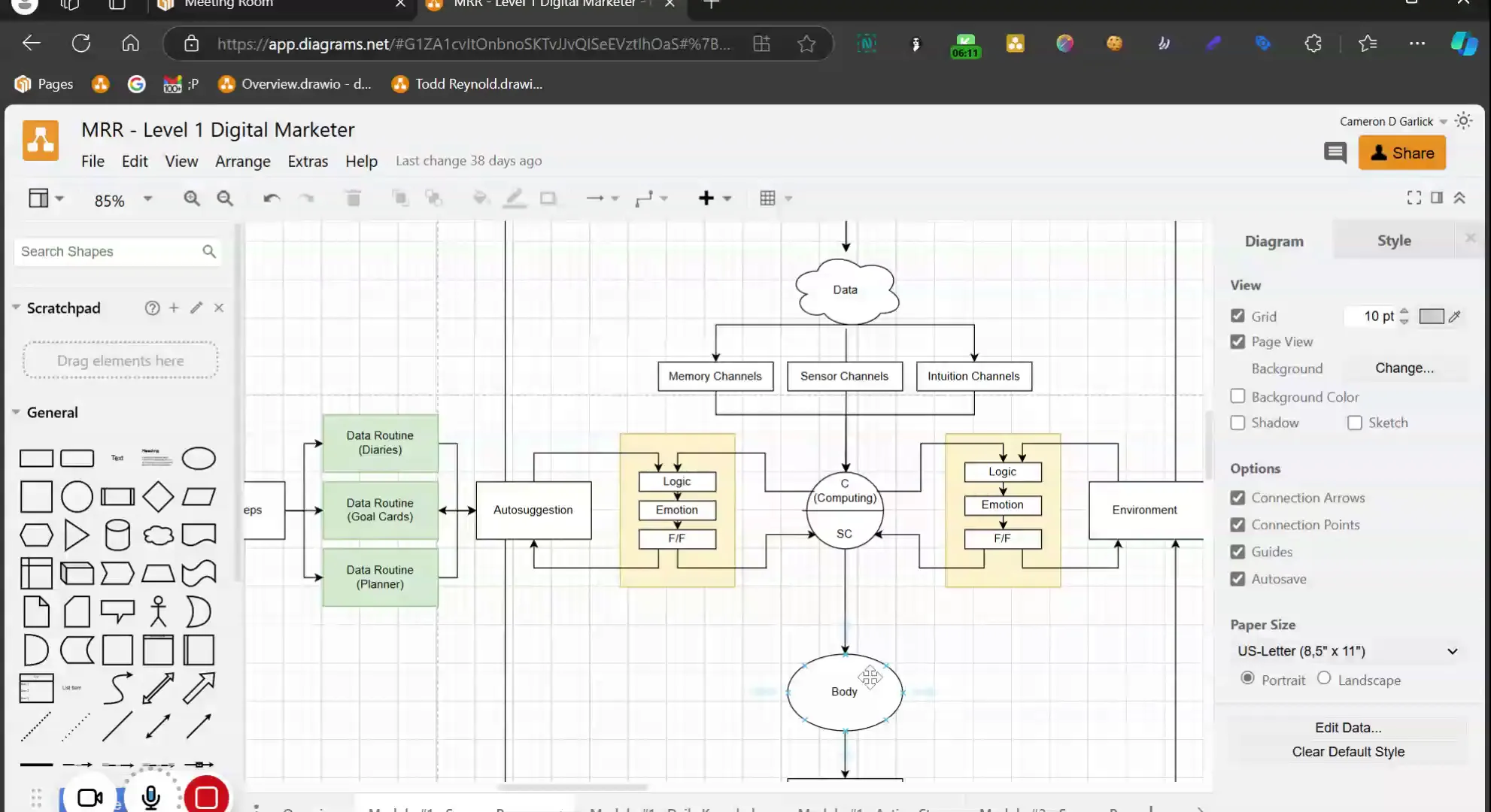
Establishing a Burning Desire
Before you can achieve any goal, you must cultivate a burning desire. This desire acts as the fuel that propels you forward. Without a strong emotional connection to your goals, your efforts may lack the intensity needed for success.
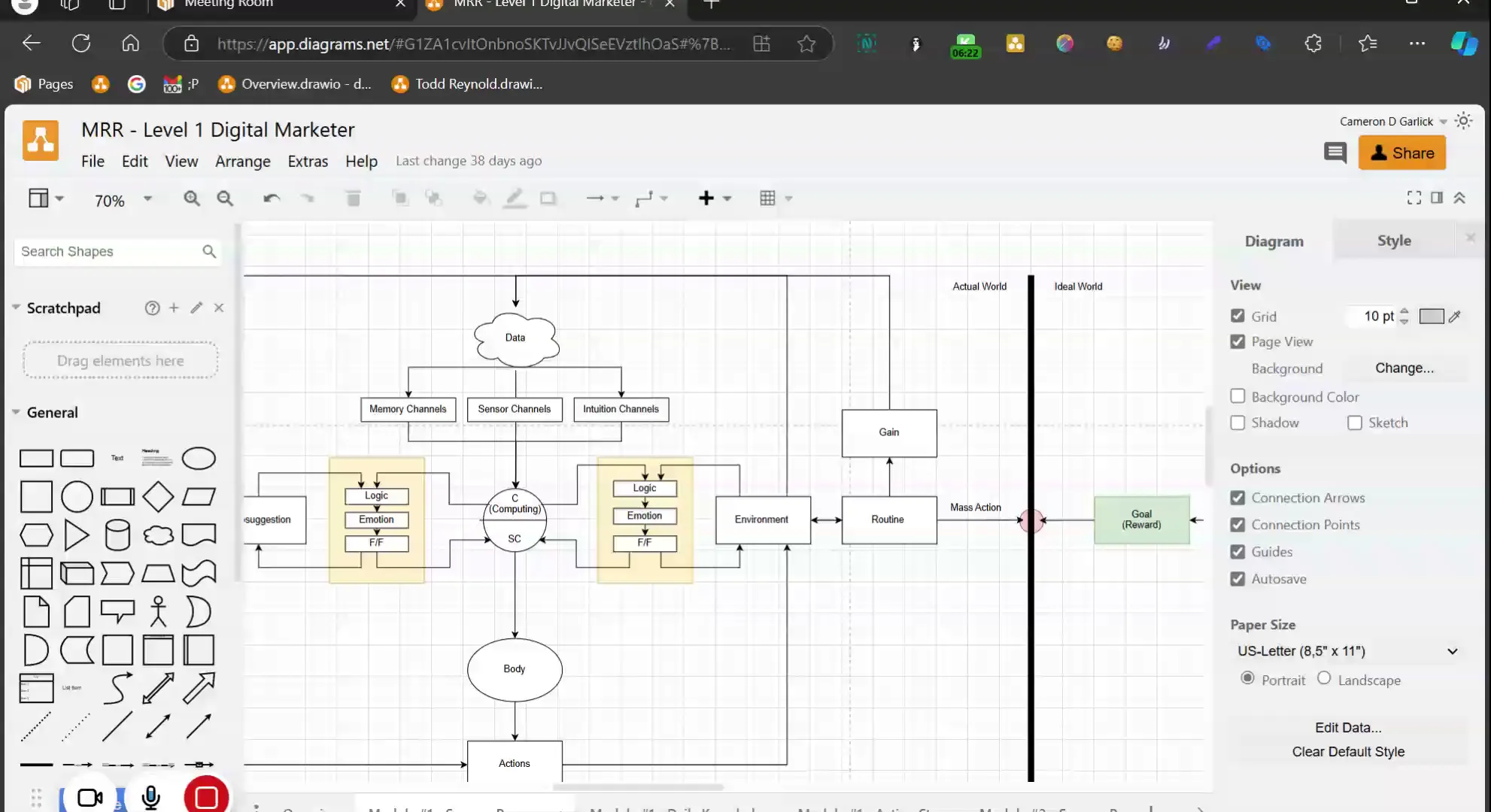
How to Develop a Burning Desire
- Reflect on Your Motivations: Understand why your goals matter to you. Dig deep to uncover the emotional reasons behind your aspirations.
- Visualize Your Success: Imagine what achieving your goals would feel like. Create vivid mental images to strengthen your desire.
- Affirm Your Goals: Use positive affirmations to reinforce your commitment. Regularly affirming your goals can enhance your emotional connection to them.
- Surround Yourself with Inspiration: Engage with motivational content, whether books, podcasts, or videos. This can help keep your desire alive.
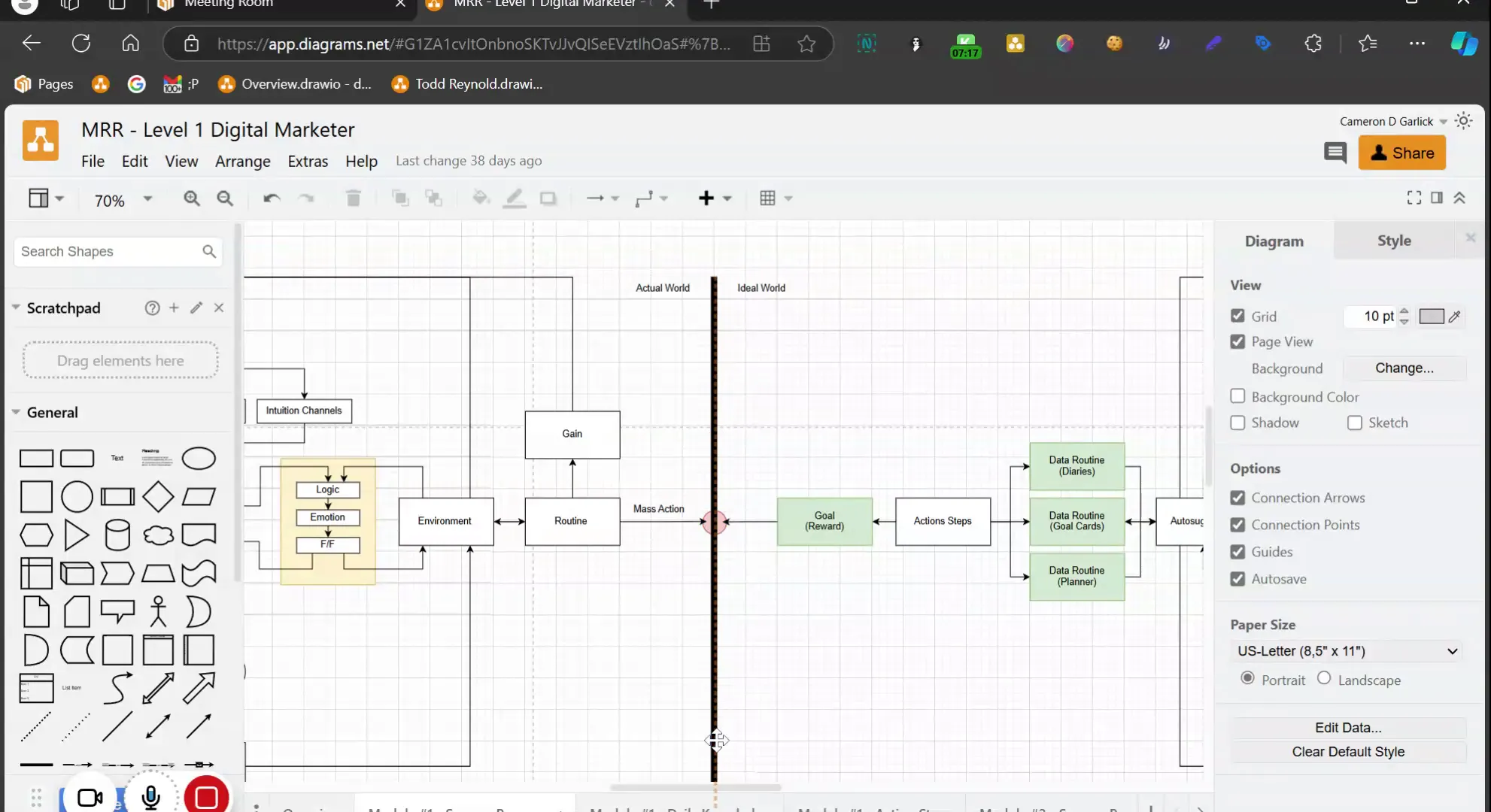
Defining Your Goals
Once you have established a burning desire, the next step is to define your goals clearly. A well-defined goal is measurable, specific, and actionable. It provides a roadmap for your journey, making it easier to track your progress.
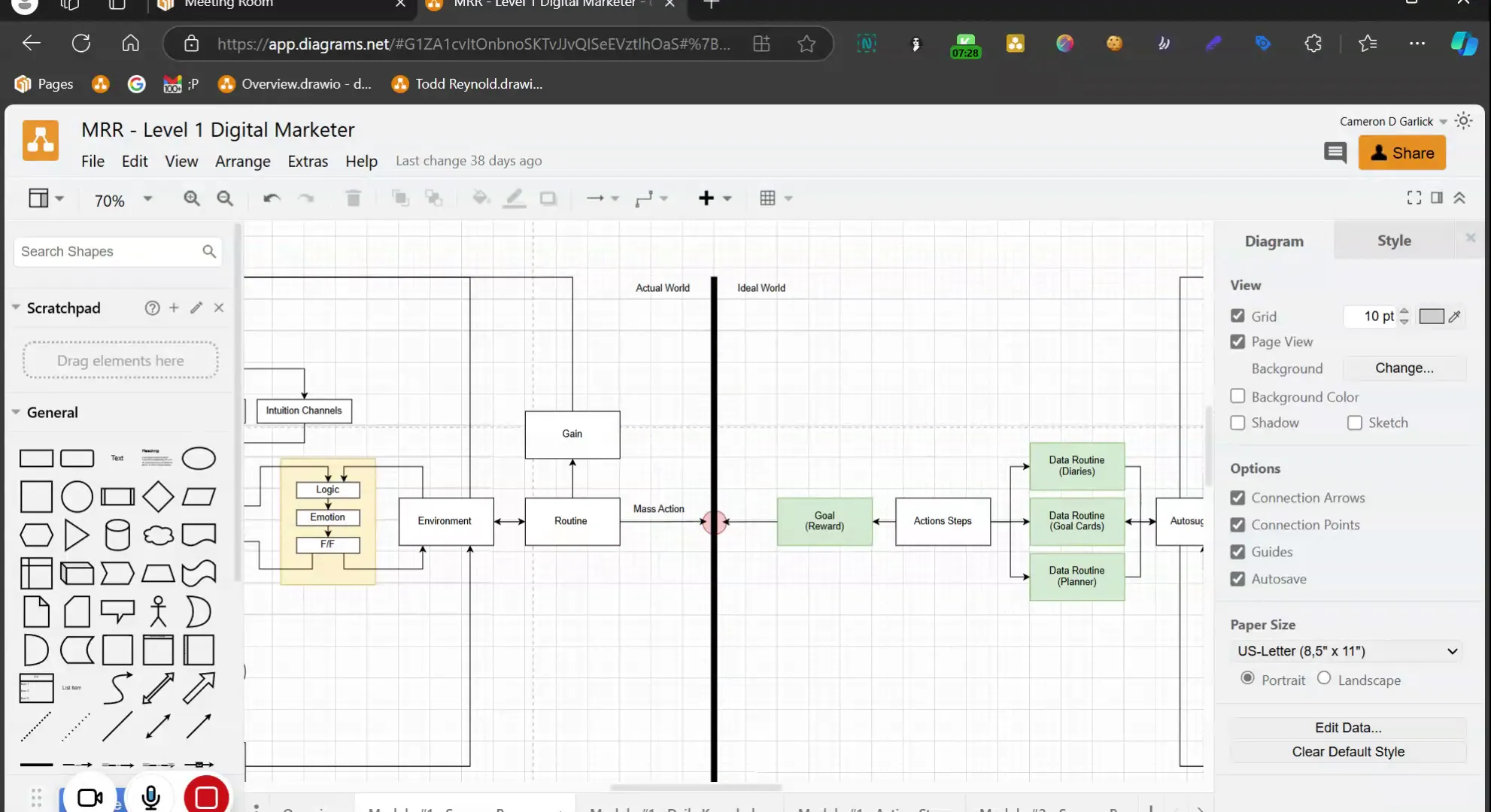
Key Components of Goal Definition
- Specificity: Your goals should be as specific as possible. Instead of vague statements, articulate exactly what you want to achieve.
- Measurability: Include metrics that allow you to measure your progress. This could involve financial targets, timeframes, or other quantifiable outcomes.
- Achievability: Ensure your goals are realistic. While it's great to aim high, your goals should also be attainable.
- Relevance: Your goals should align with your overall life vision. They should matter to you personally and contribute to your long-term aspirations.
- Time-Bound: Establish deadlines for your goals. Having a timeframe creates urgency and encourages action.
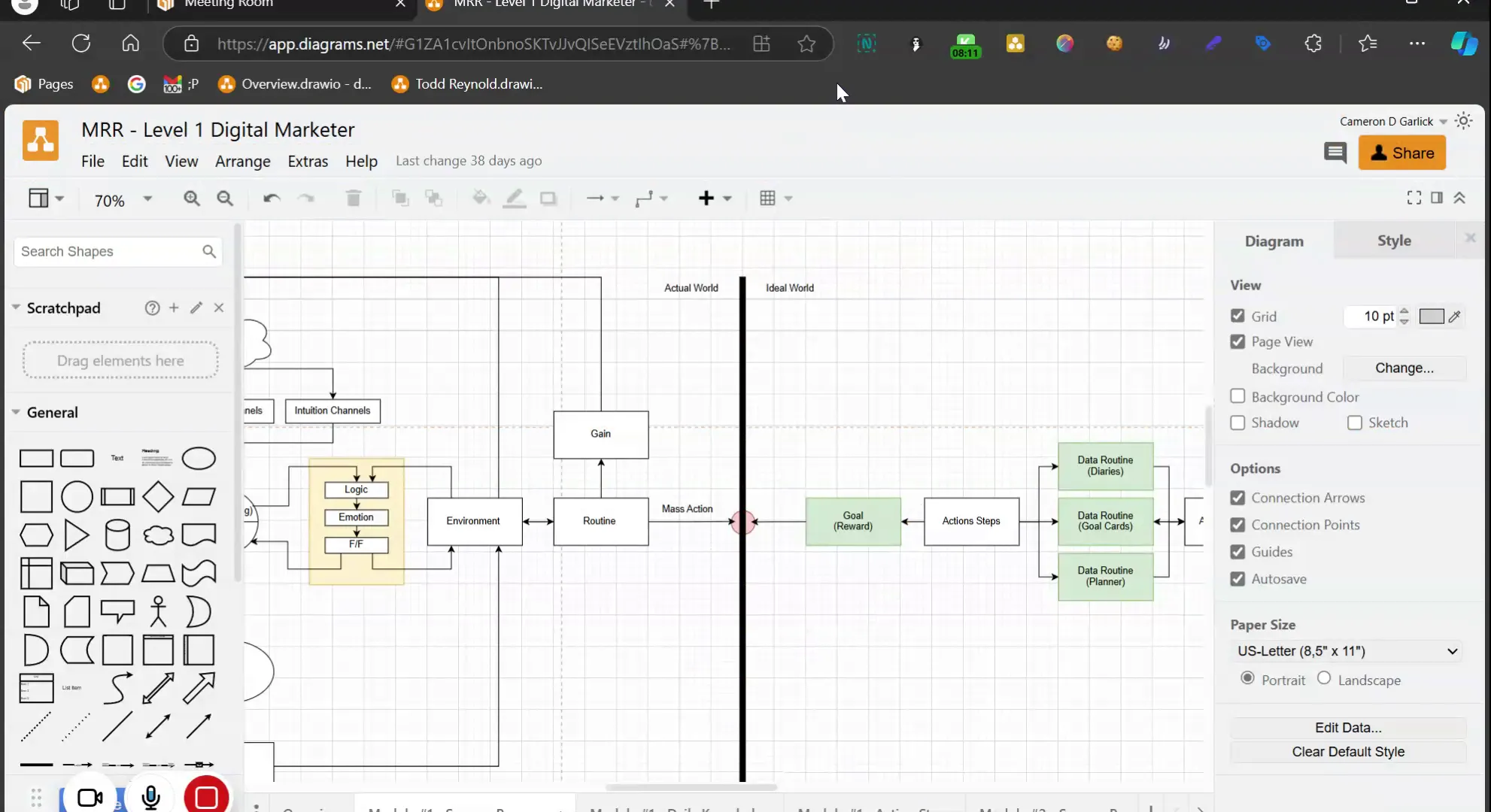
The Importance of a Complex Result
A complex result is essential for achieving your goals. It goes beyond a simple statement of desire and incorporates specific details that outline what success looks like. This complexity helps you visualize your end goal and understand the steps necessary to get there.
Crafting Your Complex Result
- Detail the Outcome: Describe not only what you want but how it will feel and what it will look like once achieved.
- Include Sub-Goals: Break down your main goal into smaller, manageable sub-goals that contribute to the larger objective.
- Visualize Every Aspect: Create a mental picture of your success, including the environment, emotions, and lifestyle changes that will accompany your achievement.
Sacrifices and Actions Required
Achieving any goal requires sacrifices and actions. You must be willing to dedicate time, energy, and resources to your pursuits. Recognizing what you are willing to give up is critical to your success.

Identifying Your Sacrifices
- Time Commitment: Determine how much time you can realistically dedicate to working toward your goals. This may involve cutting back on leisure activities.
- Financial Investment: Assess the financial resources needed to achieve your goals. Are you willing to invest in courses, tools, or services that can help you?
- Emotional Energy: Recognize that pursuing your goals may require emotional resilience. Be prepared to face challenges and setbacks along the way.
- Support from Others: Identify if you need support from friends, family, or mentors. Building a support system can ease your journey.
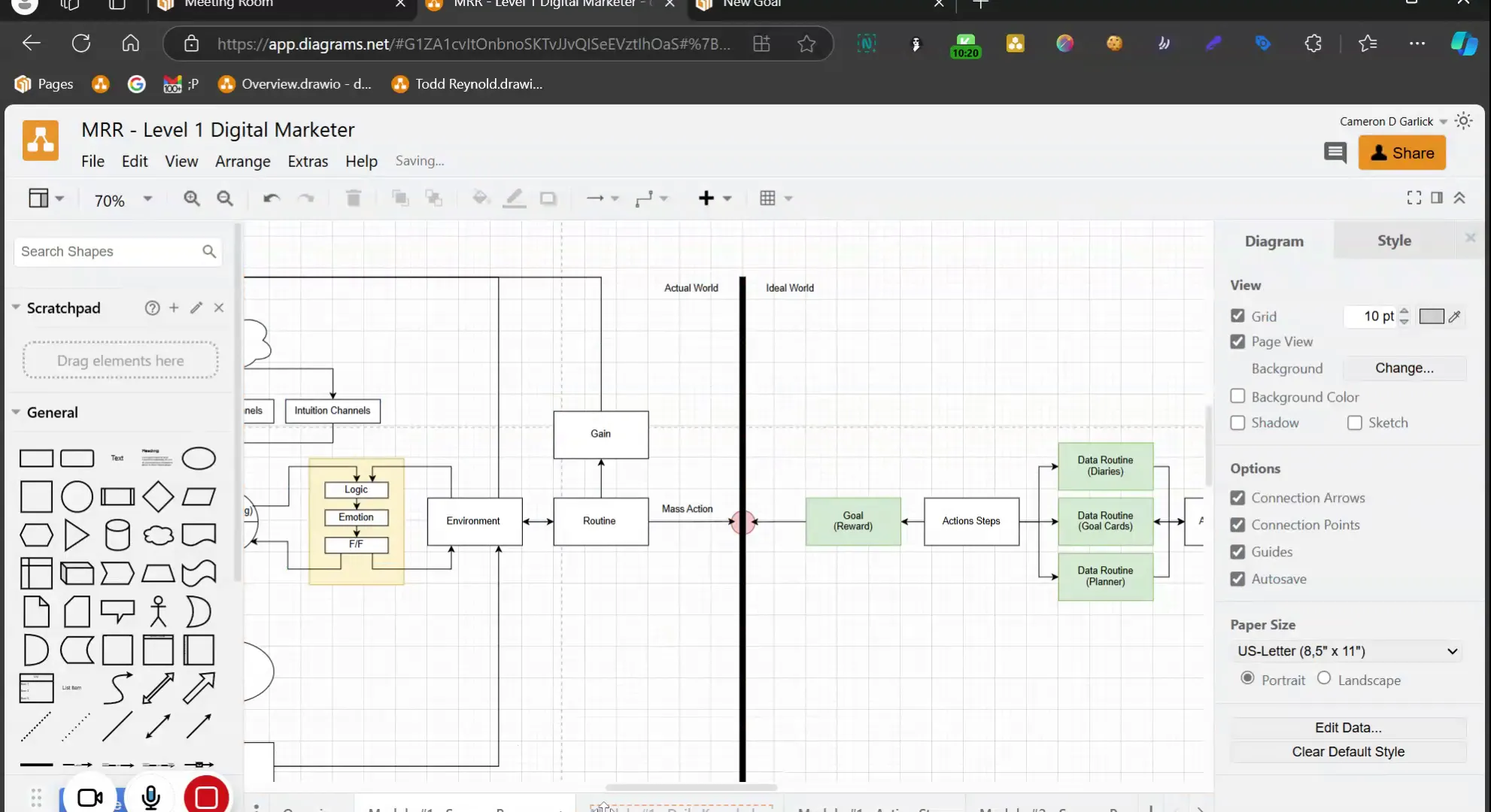
Developing a Step-by-Step Action Plan
Once you've defined your goals and identified sacrifices, it's time to create a step-by-step action plan. This plan will serve as your roadmap, detailing the actions needed to achieve your objectives.
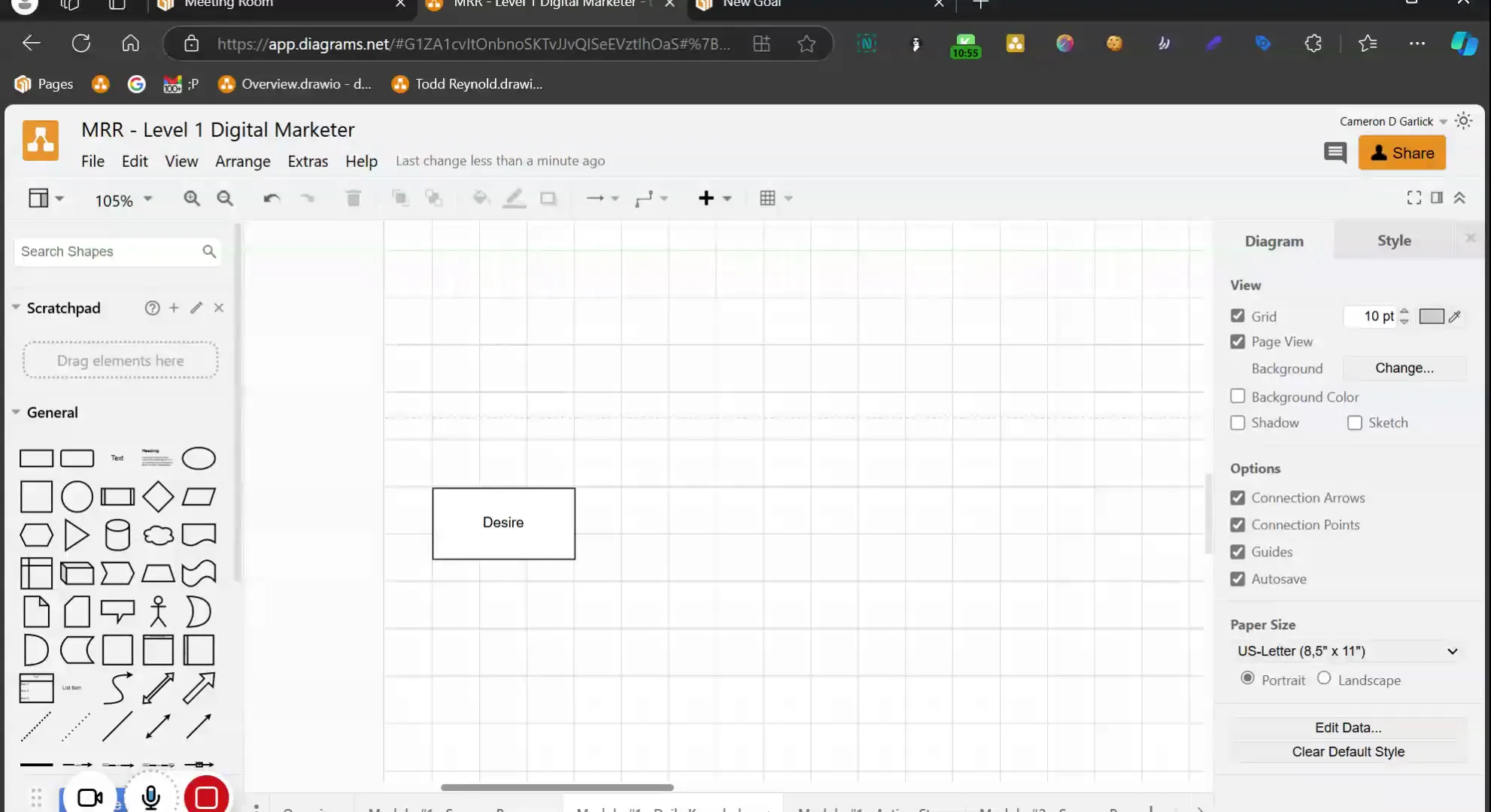
Components of an Effective Action Plan
- Actionable Steps: Break your goals into smaller, actionable tasks. Each task should be clear and achievable.
- Prioritize Tasks: Determine which tasks are most critical and should be completed first. This prioritization helps maintain focus.
- Set Deadlines: Assign deadlines to each task. This creates a sense of urgency and accountability.
- Track Progress: Regularly review your progress and adjust your plan as needed. Flexibility is key to navigating challenges.
Persistence and Structured Faith
Finally, persistence and structured faith are crucial to accomplishing any goal. These elements keep you motivated and committed, even when faced with obstacles.
Building Persistence
- Stay Committed: Remind yourself of your burning desire and the reasons behind your goals. This commitment will fuel your persistence.
- Adapt to Setbacks: View challenges as opportunities for growth. Learn from failures and adjust your approach accordingly.
- Celebrate Small Wins: Acknowledge your progress, no matter how small. Celebrating achievements boosts morale and encourages continued effort.
Structured Faith
Structured faith combines belief with action. It’s not enough to simply hope for success; you must actively work toward it while maintaining a positive mindset. This balance creates a powerful synergy that propels you forward.
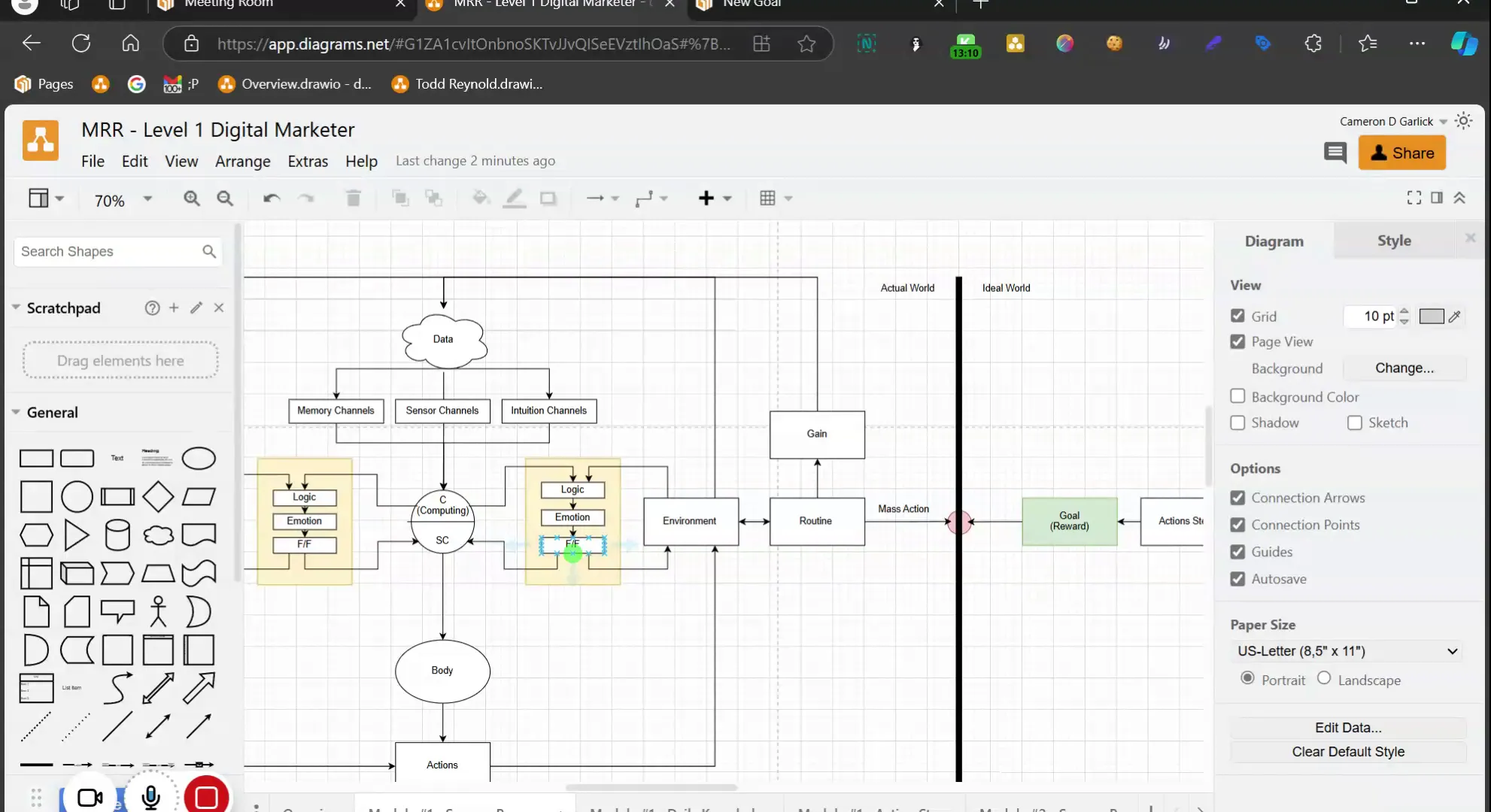
Creating a Routine for Autosuggestion
Establishing a routine for autosuggestion is vital for embedding your goals into your subconscious. This routine should involve daily practices that reinforce your ambitions and keep your mindset aligned with your objectives.
Begin each day with a dedicated time for reflection and affirmation. Choose a quiet space where you can focus solely on your thoughts and feelings. Utilize this time to repeat your affirmations, visualize your success, and immerse yourself in the emotions associated with achieving your goals.
Steps to Create Your Autosuggestion Routine
- Choose Your Affirmations: Select powerful affirmations that resonate with your goals. Make them personal and specific.
- Set a Fixed Time: Dedicate a specific time each day for your autosuggestion practice. Consistency is key.
- Create a Comfortable Environment: Find a peaceful spot where you can focus without distractions. Consider lighting a candle or playing soft music.
- Visualize Success: While repeating your affirmations, visualize the outcomes you desire. Picture yourself living your dreams.
- Record Your Progress: Keep a journal to track your feelings and any changes you notice. Reflecting on your journey can enhance motivation.
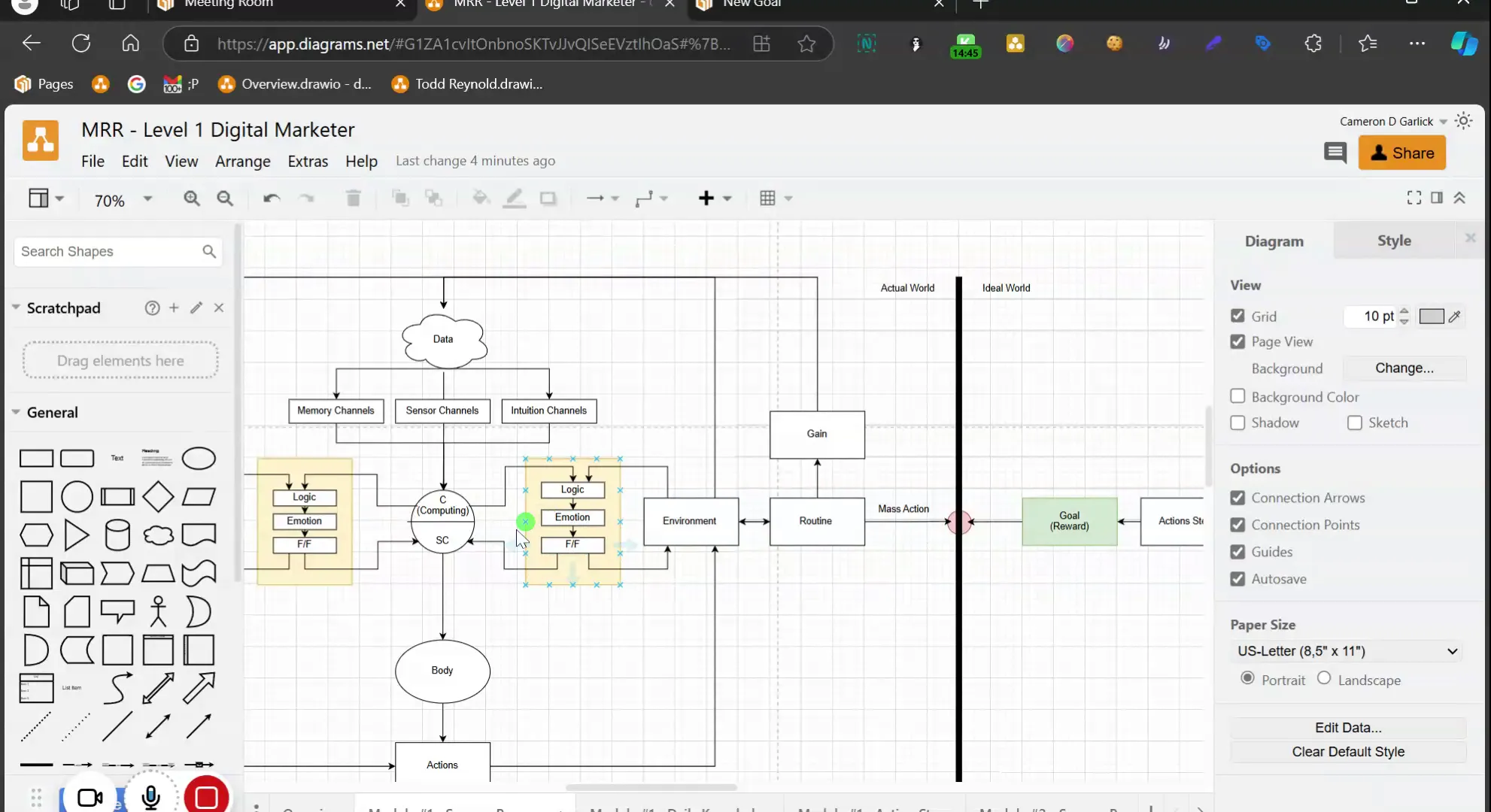
Finalizing Your Goal Card
With your autosuggestion routine in place, it’s time to finalize your goal card. This step ensures that your card is a true reflection of your aspirations and a powerful motivator in your daily life.
Review your goal card to ensure it is clear, concise, and inspiring. Make any necessary adjustments to your affirmations or visuals to ensure they resonate deeply with you.
Tips for Enhancing Your Goal Card
- Incorporate Visuals: Use images, quotes, or symbols that evoke strong emotions and remind you of your goals.
- Make It Personal: Tailor your goal card to reflect your unique journey. It should resonate with your desires and aspirations.
- Use Positive Language: Frame your statements in a positive light. Focus on what you want to achieve, not what you want to avoid.
- Keep It Visible: Place your goal card in a location where you will see it frequently. This constant reminder will reinforce your commitment.
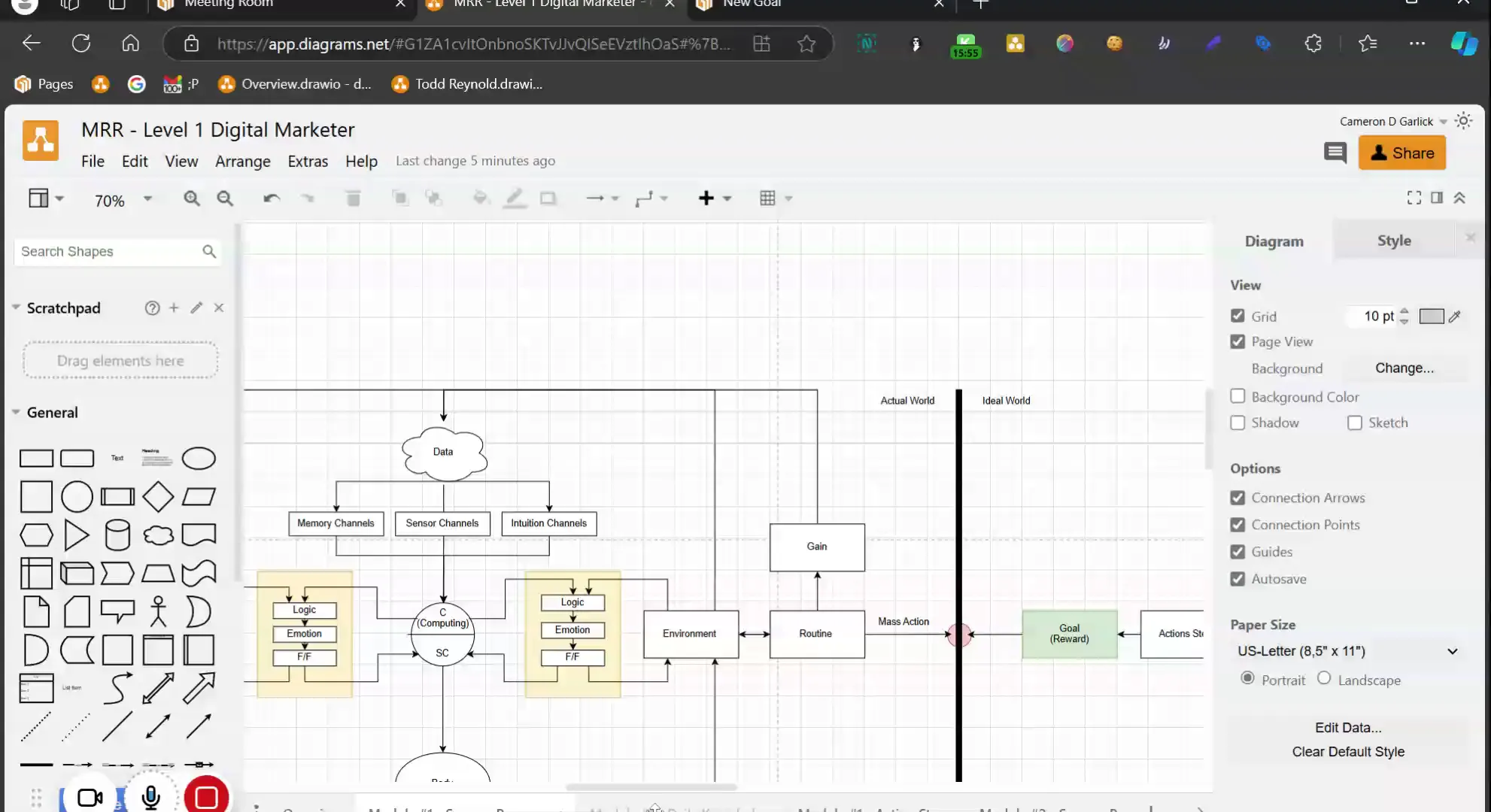
Sharing Your Goals and Gaining Support
Sharing your goals with others can significantly enhance your commitment and motivation. When you vocalize your aspirations, you create a sense of accountability that can help keep you on track.
Surround yourself with supportive individuals who encourage your journey. Whether they are friends, family, or mentors, having a support system can provide valuable insights and motivation.
Strategies for Sharing Your Goals
- Choose the Right People: Share your goals with those who are supportive and genuinely interested in your success.
- Be Clear and Specific: When discussing your goals, articulate them clearly. This clarity helps others understand your vision.
- Ask for Feedback: Encourage constructive feedback that can help you refine your goals and strategies.
- Celebrate Progress Together: Share your milestones and celebrate achievements with your support system. This fosters a positive environment.
Conclusion: Achieving Any Goal
In conclusion, accomplishing any goal requires a structured approach that combines clarity, commitment, and consistent action. By utilizing tools like the goal card, establishing an autosuggestion routine, and sharing your aspirations with supportive individuals, you create a robust framework for success.
Remember, the journey towards your goals is just as important as the destination. Embrace the process, learn from each experience, and stay committed to your vision. With dedication and the right mindset, you can achieve any goal you set for yourself.
FAQ: Common Questions About Goal Setting
What is the best way to set goals?
The best way to set goals is to ensure they are SMART: Specific, Measurable, Achievable, Relevant, and Time-bound. This clarity helps maintain focus and track progress effectively.
How often should I review my goals?
Regularly reviewing your goals is essential. Aim for at least once a week to assess your progress and make necessary adjustments to your action plan.
What if I don't achieve my goals?
If you don’t achieve your goals, reflect on the reasons why. Use setbacks as learning opportunities and adjust your strategies as needed. Persistence is key.
Can sharing goals with others help me achieve them faster?
Yes, sharing your goals can create accountability and support. Engaging with others who believe in your vision can provide motivation and encouragement, helping you stay on track.
Start Creating Your Goals
Use our goal creator solution to help you streamline your goals.
Create Goals